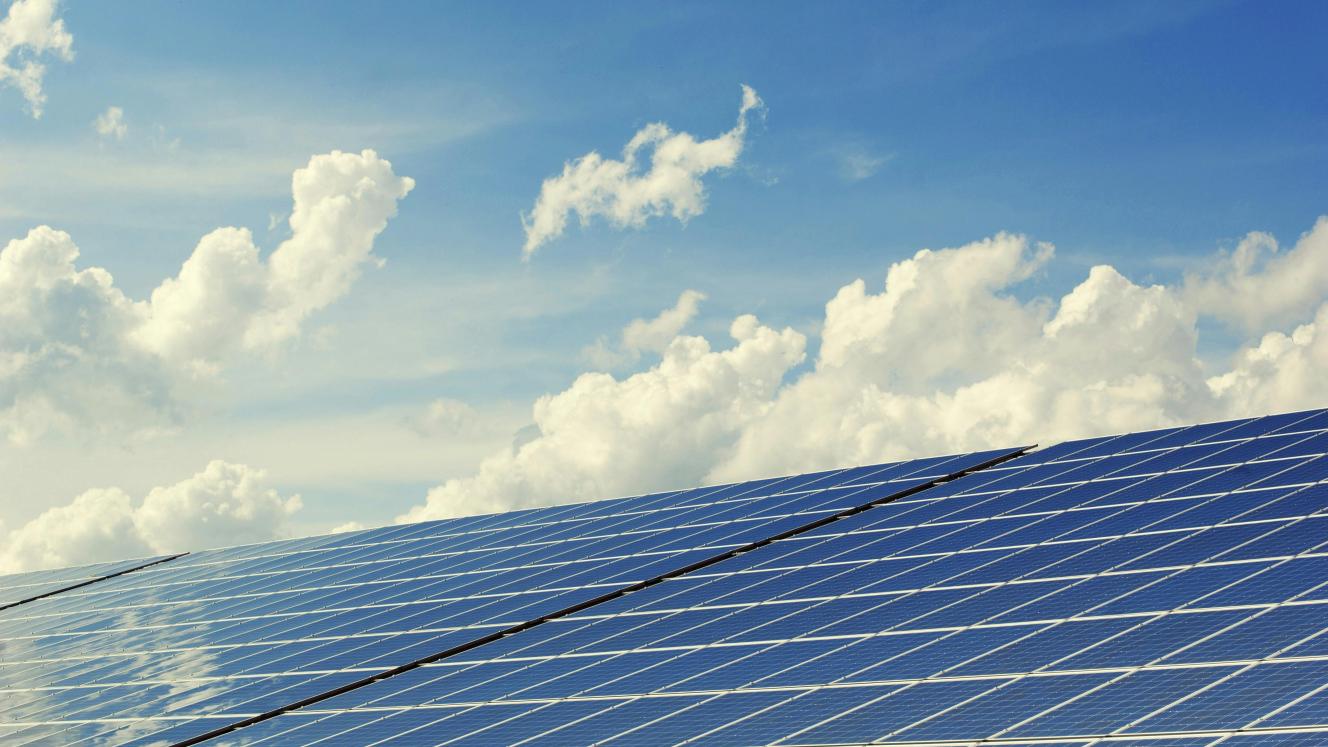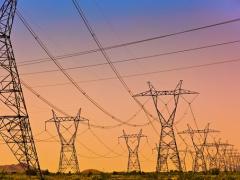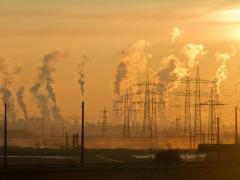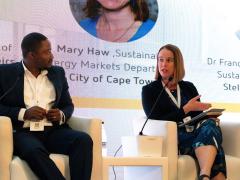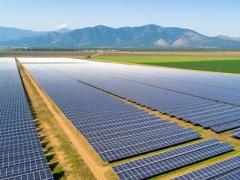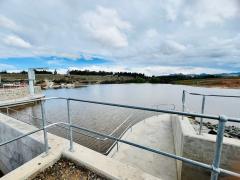The 30th meeting of the Conference of the Parties (COP30) is set to take place in Brazil this November and South Africa’s climate commitments will be under the spotlight. The country’s nationally determined contribution (NDC) calls for cutting greenhouse gas emissions to as low as 350 million tonnes of carbon dioxide equivalent by 2030 – a target that has been criticised as highly ambitious, says Andrew Middleton, CEO of GoSolr.
Coal remains the workhorse of South Africa’s grid, supplying approximately 80% of power generation. And, despite pressure to transition, the Organisation for Economic Co-operation and Development reports that, in 2024, low-carbon sources of energy only accounted for approximately 17% of electricity. That’s a long way from the requirements of the Paris Agreement’s 1.5°C target. The country’s coal dependence has proven to be a double-edged sword that has powered its economic growth while locking South Africa into a high-carbon track that impacts the environment and public health.
A promising solution to this climate and energy crisis is solar energy, which offers a way to enable a transition from coal power while balancing economic growth, social equity and environmental responsibility, which reduces the country’s carbon footprint. South Africa is blessed with more than 2 500 hours of sunlight annually and its geographical location is ideal for harnessing solar power at scale.
If solar is our ace card, are we playing it well?
Not yet, it seems. Several challenges remain, including the upfront costs of solar installations and maintenance, certification requirements, socio-economic inequalities and varying degrees of deployment and progress across the nation. Regions that are dependent on coal mining risk being left behind without targeted policies and investment. Johannesburg has streamlined small-scale embedded generation but has been slow to implement a working feed-in tariff in contrast to the success of Cape Town’s Cash for Power incentive, which pays households for extra kWhs.
These developments still hold promise and can accelerate distributed renewable energy deployment and ease the strain on the national grid. South Africa’s NDC targets demand a multi-pronged approach to energy transition and transformation, and the scalability of solar energy makes it a key component of this plan.
To overcome the barriers slowing solar adoption, we need solutions that are flexible and accessible. The promise of solar, especially in a country such as South Africa, where sunshine is in abundance, is immense. Solar can power the country sustainably, reduce greenhouse gas emissions and inspire a just transition that leaves no community behind. It’s time to turn this potential into adoption at scale with clear rules, safeguards for a just transition and finance for households and businesses – not just utilities.
